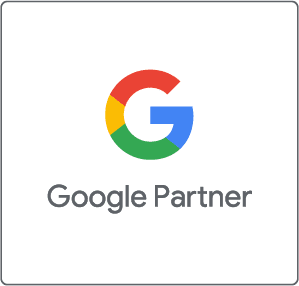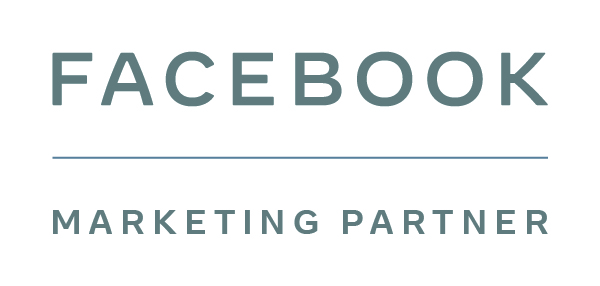If you’re starting out with Google AdWords for the first time, one of the early decisions you’ll face is choosing between the search and display networks. Should your campaign run ads on Google’s search engine results page (search), or on numerous websites across the web that have partnered with Google (display)?
It might seem like a relatively simple choice at this point, but the wrong decision could be particularly detrimental to your campaign. It could even be fatal. You can opt for one, the other or both – but which way should you go? And which option would suit your business best? Read on to find out the pros and cons, and some fantastic tips too…
Introducing Google’s Display Network
Website owners can sign up to a service called AdSense, which is run by Google. After which, Google can display your ads (which can be text, image or video ads) on the websites in its display network. It’s a pay-per-click system – if somebody clicks on one of these ads, you are charged for the privilege. The website owner takes a small cut and Google takes the rest.
If your products and services have a very specific and targetable demographic, and you want eyeballs on your ads pronto, the display network is a great way to go. Best of all, the cost per click on the display network is cheaper than the search network.
Unfortunately, a lot of AdWords users opt for Google’s display network unknowingly, as it’s one of the default settings. As a result, there is lot of competition, which pushes the cost per click upwards unnecessarily.
Top Tip: Ads on the display network are – to some extent – an unwelcome distraction for web surfers. They’re busy on a webpage and the ads are simply an obstacle they must circumnavigate and ignore. If you want to get noticed, be bold. Go with bright colours, eye-catching videos, and bold incentives, benefits and call to actions.
Remarketing campaigns are one of the most interesting features of the display network. If anybody visits your website, Google will show them your ads when they visit other sites. People are already familiar with your brand and are obviously interested in what your business has to offer, so it’s an easier sell.
Remarketing campaign are typically successful, which is why most companies should have one. The exception being any business that offers “I need you know” services. For example, this could be a taxi firm, emergency plumber or breakdown repair.
Top Tip: People who visit your website frequently and for longer are typically better targets for a remarketing campaign. For more information about remarketing, read our beginner’s guide.
Introducing Google’s Search Network
When most people think of Google AdWords, they think of the search network. Choose this option and your ads can shoot to the top of Google’s search engine results pages. You can tell which ads are adverts on Google as there is a green ‘ad’ symbol next to them, but most people don’t see any difference between paid and organic results. The top results are simply the most relevant, which is great for businesses using the search network.
If people are actively searching on Google for products or services like yours, the search network is ideal. However, if you’re bringing something new to the market or a solution nobody knows about yet, you may struggle to get noticed. The display network might suite your business better.
Can we help?
If you’re new to AdWords and need a helping hand choosing between display and search, Fluid Digital’s flexible PPC services could be the perfect fit. To find out how we can help your advertising budget go further, get in touch today. Call 0161 452 1378 or send an online enquiry.





